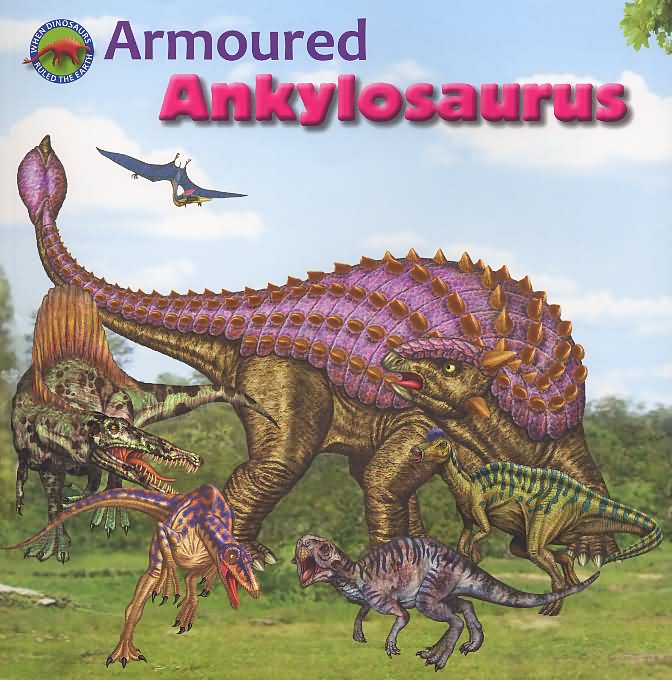
Title: Discover the “Land Crocodile” That Haunted the Ancient Caribbean
Visualize yourself relaxing on a beach in the Dominican Republic… five million years in the past. The sun beams down, the waves gently kiss the shore, and everything appears serene. Yet, as you wander inland, the vibe shifts. A silhouette darts quickly through the greenery. Eyes watch you from the leaves. Suddenly, you meet the gaze of a creature taller than a human, extending longer than most vehicles, with robust legs and dagger-like fangs. This is not a crocodile lurking in a marsh. This is a sebecid — a supreme predator of bygone Caribbean ecosystems — and one of the most striking fossil finds of recent years.
So, what precisely is a sebecid?
The Emergence of the Sebecids: A Fresh Take on Crocodiles
Sebecids (pronounced “seh-BEH-sids”) were formidable prehistoric hunters closely linked to contemporary crocodiles — yet they resembled and acted more like land-hunting monsters ripped from a thriller. In contrast to modern crocs that ambush from waterways, sebecids were designed for agility, flaunting long, powerful limbs that enabled them to pursue prey across solid ground. Their jagged, razor-like teeth were finely adapted for tearing through flesh, marking them as fierce hunters during their epoch.
Envision a crocodile with the physique of a greyhound — slender, nimble, and made for sprinting. That’s how researchers characterize these exceptional reptiles, which once roamed regions of South America — and, it seems, the Caribbean islands too.
A Fossil Path Decades in the Making
The identification of Caribbean sebecids results from years of fossil exploration and meticulous scientific inquiry. The journey began more than three decades ago when paleontologists discovered peculiar, meat-cutting teeth in Cuba dating back approximately 18 million years. Another specimen was found in Puerto Rico — and that one dated even further back.
However, for years, the specific creature these teeth belonged to remained a mystery. The crucial element? Additional fossil evidence.
This dramatically changed in 2023. In the Dominican Republic, road work crews dug into a hillside — revealing the remnants of an ancient predator. Among the bones were not only another tooth but two vertebrae, which collectively provided paleontologists with the confirmation they required: sebecids once reigned over the Caribbean!
Evolutionary Plot Twist: Top Predators on the Islands
This revelation has fundamentally shifted our perspective on ancient Caribbean fauna. For an extended period, researchers assumed that the islands were devoid of sizable land predators. The rationale? In the absence of large carnivores, many island species evolved in unusual ways. Birds lost the ability to fly, mammals shrank or lost their defenses, resulting in ecosystems that seemed relatively gentle compared to the intense savannahs of mainland habitats.
However, the existence of sebecids disrupts that narrative.
“The presence of a significant predator is quite different from what we previously envisioned,” remarked Jonathan Bloch, a paleontologist at the Florida Museum of Natural History. “It entirely alters our comprehension of ancient Caribbean ecosystems.”
Unexpected Survivors: The Sebecids’ Final Defiance
Here’s an even more intriguing twist: scientists propose that while sebecids vanished from South America around 11 million years ago, they thrived in the Caribbean for millions of years thereafter.
These “island survivors” challenge current notions of extinction. Islands act like evolutionary time capsules where ancient species occasionally outlast their mainland counterparts. Present-day examples include animals like the Komodo dragon or the tuatara — vestiges of prehistoric lineages that have persisted.
The Caribbean’s fossil record may conceal even more of these survivor species — overlooked due to the unfavorable conditions for fossil preservation in the region. Humid environments quickly erode fossils, and dense forests obscure most accessible rock formations. Discovering any fossils here is a race against time.
As Lazaro Viñola Lopez — the graduate student who assisted in unearthing the sebecid remains — noted, “Outcrops don’t survive for long… you visit when you can. When they’re building the road or shortly after that, you can find the fossils. If you’re searching in a few years, it will be gone.”
The GAARlandia Connection: How Did Sebecids Arrive?
One of the most significant lingering questions is how these enormous terrestrial reptiles reached the Caribbean. They were unable to swim across vast oceans — so what was their method of crossing?
Scientists postulate that the answer is found in the GAARlandia hypothesis. Approximately 33 million years ago, a series of transient land bridges and island chains may have connected South America to the Greater Antilles (Cuba, Hispaniola, and Puerto Rico). This natural corridor might have permitted species like sebecids to gradually hop between islands and enter the Caribbean.
It’s a developing theory.